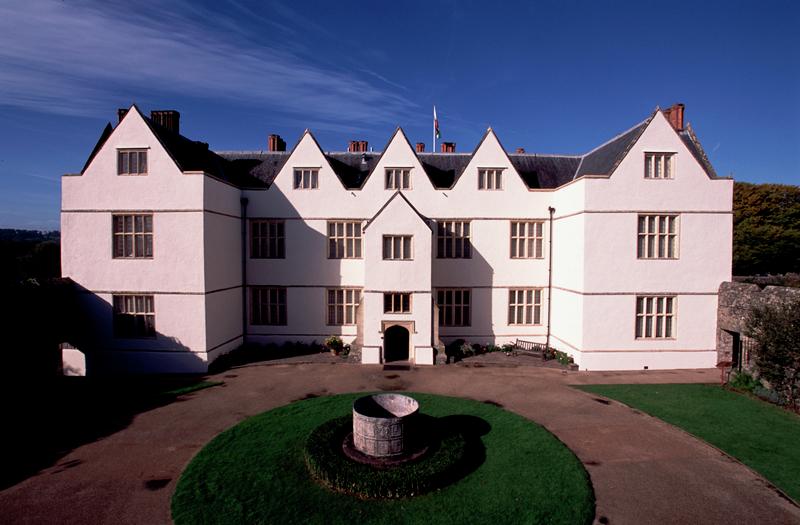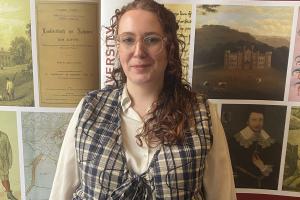Full Project Title: 'St Fagans Castle: its Architectural and Landscape History'
Supervised by: Dr Shaun Evans and Dr Lowri Ann Rees
Research supported by: James Pantyfedwen Foundation and Welsh Historic Gardens Trust
Completed: 2020-2025

St Fagans Castle is an Elizabethan manor house in Cardiff which is of twofold significance as a Grade I-listed building and home to St Fagans National Museum of History. Built circa 1569-80 on the site of a medieval castle and by a local gentleman-lawyer named Dr John Gibbon (d.1581), the house passed to two powerful local families in quick succession, the Herberts of Swansea in 1596 and the Lewises of Y Fan in 1616. In 1736, St Fagans Castle came into the possession of the Windsor (later Windsor-Clive) family, the Earls of Plymouth, whose main seat was in Worcestershire. Their ownership continued uninterrupted until 1946, when the house and grounds were donated to the National Museum of Wales, who were searching for a suitable site for the establishment of the open-air folk museum, which formally opened in July 1948.
The primary objective of Bethan’s doctoral project was to provide an overdue comprehensive study of St Fagans Castle. Her thesis takes a multi-period and multi-disciplinary approach to telling the story of the building, with chapters spanning the twelfth to the twentieth century and interrelated sections on architecture, designed landscape, and ownership. In order to provide a full picture, Bethan broadened her study beyond the estate core of house, grounds, and estate buildings in the immediate vicinity to consider St Fagans Castle’s ‘sibling houses’, with a particular emphasis on Hewell Grange, the Windsor family’s principal seat in Worcestershire.
One of the key contributions of the thesis is highlighting the role of women in architectural and garden projects at St Fagans Castle, which has generally been overlooked in the current literature. Bethan has demonstrated that three successive generations of Windsor-Clive women – Harriet, Mary and Gay – each made significant contributions to the house and gardens in the Victorian period. Another contribution is highlighting the connection between St Fagans Castle and the notorious coloniser Robert Clive (1725-1774), often referred to as ‘Clive of India’, as well as illuminating exactly which parts of the house and gardens were built with his colonial fortune. This particular strand of Bethan’s research aligned with Amgueddfa Cymru’s endeavours to decolonise their collections, and in recognition of her research Bethan was engaged as a Consultant on the ‘Perspective(s)’ project commissioned by the museum in partnership with Arts Council Wales.
Bethan also found St Fagans Castle to be an excellent case study for considering broader themes such as whether there is anything architecturally distinctive about country houses in Wales and how the Italian Renaissance impacted on gentry houses in Wales in the latter half of the sixteenth century, both subjects which she hopes to research further.
Bethan presented her research at several conferences over the course of her studies, including the Women's Archive Wales annual conference in October 2023; the 'New Insights into 16th and 17th Century Architecture' conference in January 2024; and the 'Researching, Writing and Presenting Welsh Country House Histories' conference in November 2024. She is currently in the process of adapting her thesis for publication with University of Wales Press.

